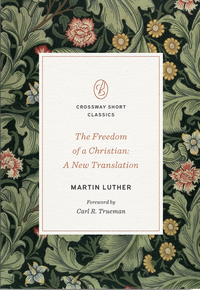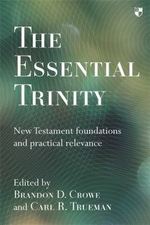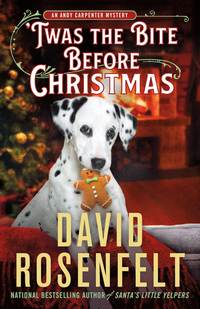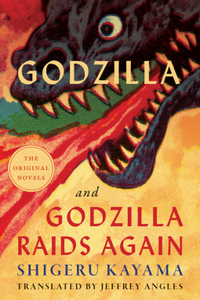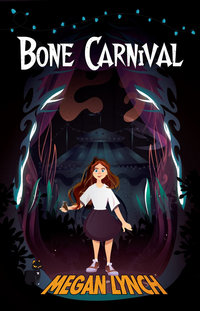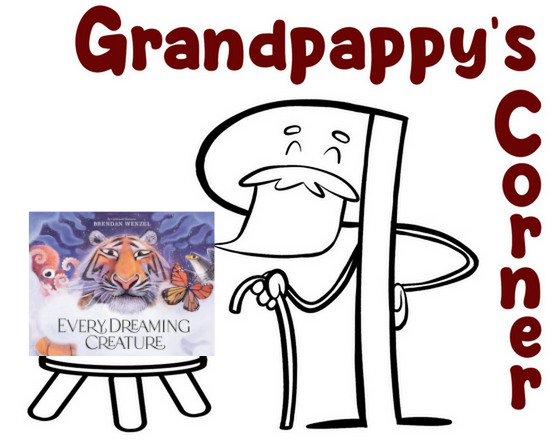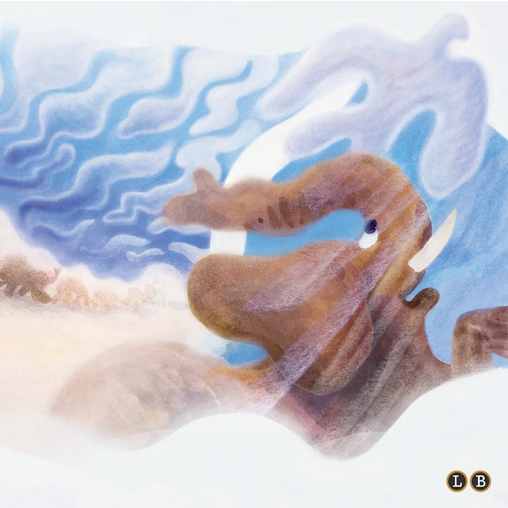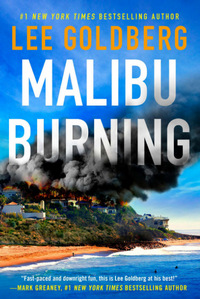by Shigeru Kayama, Jeffrey Angles (Translator)
DETAILS:
Publisher: University of Minnesota Press
Publication Date: October 03, 2023
Format: eARC
Length: 256 pg.
Read Date: September 18-20, 2023


The Background of Godzilla and Godzilla Raids Again
The movie producer, Tomoyuki Tanaka, brought some ideas (largely adopted from a Ray Bradbury story) to the novelist, Shigeru Kayama, and asked him to turn them into a story for a film. This story, in turn, was developed into a screenplay by Ishirō Honda and Takeo Murata (the director and assistant director) and became the movie Godzilla.
Godzilla was such a success that Tanaka had Kayama come up with a follow-up story, that became Godzilla Raids Again (although Godzilla Counterattacks is a better translation, that’s not what the movie’s title was originally titled in English).
About that time, Kayama was done with the movies and what they were doing to his idea about the monster—but he was helping to launch a series of books for young adult readers and adapted his original ideas for the movies into novellas for that series. These novellas came out around the time of the second movie’s release. Now, they’re being translated into English for the first time.
What’s Godzilla About?
The testing of some nuclear weapons in the Pacific Ocean has disturbed a long-dormant dinosaur/monster. Not only is it now awake, it may have mutated by the bomb(s). Angry and confused, it stumbles onto the Japanese islands and wreaks havoc on the people and cities it encounters.
The beast kills and destroys multitudes and seems invincible to every weapon that the nation has access to. But one scientist has been developing a new kind of weapon, that he doesn’t trust any government to have access to—but he might be forced to unveil it to stop Godzilla.
What’s Godzilla Raids Again About?
It was theorized when Godzilla showed up in the first novella that he might not be the sole monster/dinosaur/kaiju to have been awakened by the tests. A pair of pilots* working for a fishing company stumble upon another Godzilla on an island near Japan—while they’re trying to escape from that Godzilla, it’s attacked by another monster/dinosaur/kaiju, later identified as an Anguirus. The two pilots manage to escape following the fight between the two monsters.
* One of those pilots is named Kobayashi, and any good Star Trek fan knows bad things are about to happen as soon as that name is seen.
They rush back to warn the Anti-Godzilla Task Force who begin to strategize a defense against the monster—they cannot access the same weapon used last time, so they’re going to have to come up with something better, and quickly.
The Supplementary Materials
In addition to the novellas, the book has some additional material—the first (and most useful) is an Afterword, “Translating an Icon,” by the translator (obviously). These 30± pages contained answers to almost every question I had while reading—including a few things that I think would’ve been helpful knowing going into the book (the relation of the novellas to the films, the extent of Kayama’s involvement with the creation of Godzilla, why he published the novellas, etc.).
But there’s a lot of information that I’m glad I didn’t know going in—the critique of the U.S. nuclear testing, why it had to be so subtle, why the films didn’t include it as much as the novellas did, where (and why, sometimes) the films and novellas diverge, and the meaning of some of the more emotional moments. There were points where it was clear that something important or meaningful had happened, but I wasn’t sure exactly what it was—Angles helped a lot.
I guess what I’m trying to say is that in a perfect world (at least perfect for me), we’d have gotten a foreword as well the afterword—but like just about every writer out there, Angles wasn’t writing to satisfy my whims. And as an Afterword, he could really get into spoilers and things it’s best to have explained after the text.
The whole thing was so interesting I could’ve easily read something twice the length (and something tells me that Angles could’ve done that without much effort, it was probably harder for him to leave out ideas and details). The part I enjoyed the most was his discussion of a few translation issues, for example, the excessive (for a contemporary English reader, anyway) use of onomatopoeias throughout the book—but particularly in the battle scenes, or scenes when Godzilla is angry and taking it out on human structures and devices. Those pages read like the Batman TV series from 1966—full of Bams, Pows, and the like. And Angles describes how he cut many of them by translating them somewhat differently. He also discussed how he chose to spell the roars of Godzilla and Anguirus, and I really enjoyed that.
There were some things that he wanted to do a more accurate job of translating, but given the history fans have with the films, etc. he chose to stay consistent with the films, so he wouldn’t have to fend off accusations of bad work from those fans. I absolutely get why he’d make that choice, and feel so bad for him that he had to make it.
I’d noticed that there was a Glossary of Names, Places, and Ideas at the end of the book, but completely forgot to use it while reading the novellas. I don’t know that using it would’ve helped me too much during the reading—almost always the context was clear enough to get the meaning across. But reading it afterward helped clarify a thing or two, but by and large, those were minor details that not knowing them didn’t detract much from the text. The things I really needed (and some I could’ve guessed at) were in the handful of footnotes throughout the novellas. The Glossary was pretty interesting to read, I should note.
So, what did I think about Godzilla and Godzilla Raids Again?
Before I get into this, I want to take a moment to say how cool it was to get to read a book about Godzilla. From the time I can remember this monster has been something I’ve been aware of in some way. The old movies, cartoons about him (and his goofy nephew, Godzooky), the toys, the newer movies, and everything in between. He’s just been one of the coolest creatures in my pop culture awareness—there’ve been few times that I’ve clicked on “Request” so hard on NetGalley. Now, I do have to admit, it’s been decades since I watched the original films—I’m much more familiar with the Gamera movies than Godzilla. So I had to wait until the Afterword to know what was different between what I was reading and what audiences saw in the 50s (it was certainly different enough from the Emmerich movie from 1998, that I remember more of than I want to).
I did think some of the dialogue was pretty stilted, and some of the character reactions seemed overwrought (and some underwrought). It actually reminded me a lot of the Gamera films and other English-dubbed live-action shows/movies I’ve watched—and while reading the book, I frequently thought that I owed those who wrote the scripts for the dubbing an apology—their work felt a lot like Angles’ translation. I don’t think that the dialogue or characterizations damaged my appreciation of the work, it just underlined for me that this is the work of another culture (and another time). So they’d better not sound like native English speakers, and should probably act/react in ways that don’t seem particularly American. What might be slightly off-putting at first quickly becomes part of the charm of the novellas.
The intended audience for these novellas were young adults, and throughout Kayama would insert asides “You may not understand…” or “You’ve probably seen something like…” to help his reader understand what’s going on, or perhaps the feeling behind it. The first time it happened, it was entirely unexpected, but I enjoyed the idea. I liked each successive one more than the last and was disappointed that we didn’t get nearly as many as I’d hoped. I don’t know if this was characteristic of his writing (I suspect it wasn’t), but for these novellas, it really worked.
We don’t see Godzilla right away, and Kayama did a great job of building the tension until we do—he’s there, doing damage and terrifying people, but the reader doesn’t get an idea of what they’re seeing until we’re about one-third of the way through the first novella. As impatient as I was to see the monster myself, I wish he’d been able to hold out a little longer. Now in the second book, we know what Godzilla looks like, so we can skip the build-up and throw him in right away—and then add Anguirus just a couple of pages later.
I found everything about Godzilla more satisfying than Godzilla Raids Again, but the latter was more fun and action-packed. I can see where some might be put off by the not-at-all-subtle messaging of Godzilla, but I thought it fit the story and the need at the time.
The Afterword and Glossary added a lot to my understanding and appreciation of what Kayama was seeking to accomplish and say, lifting the impact of the book as a whole. The novellas on their own would’ve been entertaining and satisfying, mostly as an artifact of another era (see what I said about the dialogue and characterizations)—but the supplementary material added the necessary context and definition to the novellas so that I walked away with a better understanding and appreciation for the book. Don’t skip those bits.
I’ve said a lot more than I expected to—and have only scratched the surface of what I’d hoped to say. So let me cut to the chase—I really enjoyed this experience—fun novellas, a deeper understanding of the creature and the themes the original movie was trying to explore, and a glimpse into Japan of the 1950s. And, once again, it’s a book about Godzilla, do you really need me to say more? I heartily encourage you to check this book up. Now, I’ve got to go track down some black-and-white films.
Disclaimer: I received this eARC from University of Minnesota Press via NetGalley in exchange for this post—thanks to both for this.

This post contains an affiliate link. If you purchase from it, I will get a small commission at no additional cost to you. As always, the opinions expressed are my own.

 Cunk on Everything:
Cunk on Everything:
 The pacing is a bit odd—the “H” entries are around the fifty percent mark—I’ve come up with a dozen half-baked ideas/theories/jokes to explain it. It really doesn’t matter, but I thought it was odd. I don’t care—but it was something I noticed.
The pacing is a bit odd—the “H” entries are around the fifty percent mark—I’ve come up with a dozen half-baked ideas/theories/jokes to explain it. It really doesn’t matter, but I thought it was odd. I don’t care—but it was something I noticed. The entry on Jazz is just fantastic.
The entry on Jazz is just fantastic. There are a couple of running jokes—derogatory comments about the idea of books throughout, repeated use of “Frankingstein” (to describe a certain Mary Shelley character), and that the moon landing was faked. This book doesn’t really feel like a vehicle for running jokes, but they work so well.
There are a couple of running jokes—derogatory comments about the idea of books throughout, repeated use of “Frankingstein” (to describe a certain Mary Shelley character), and that the moon landing was faked. This book doesn’t really feel like a vehicle for running jokes, but they work so well. The first paragraph about The Oedipus Complex is one of the best things I’ve read in 2023—the last sentence of that paragraph made me almost laugh out loud (but I was in the waiting room of that doctor’s office, so I had to swallow it to prevent strange looks)
The first paragraph about The Oedipus Complex is one of the best things I’ve read in 2023—the last sentence of that paragraph made me almost laugh out loud (but I was in the waiting room of that doctor’s office, so I had to swallow it to prevent strange looks) I really didn’t think that you could make many jokes about triangles. The authors of this book proved me wrong—and most of them were really funny, too.
I really didn’t think that you could make many jokes about triangles. The authors of this book proved me wrong—and most of them were really funny, too. You are going to hear Diane Morgan’s deadpan delivery in your head whether you read this or get the audiobook. Just know that going in. (you likely assumed it that already, so know that you’re right).
You are going to hear Diane Morgan’s deadpan delivery in your head whether you read this or get the audiobook. Just know that going in. (you likely assumed it that already, so know that you’re right). Mozart and Shakespeare are frequently the targets of jokes—it’s not surprising to see them both as topics here. Some of the funniest things I’ve seen written about both of them are here, too.
Mozart and Shakespeare are frequently the targets of jokes—it’s not surprising to see them both as topics here. Some of the funniest things I’ve seen written about both of them are here, too. The entry on Xylophones is fantastic—it covers the instrument, the usage of it in alphabet books, the silliness of using it in them (given the pronunciation), and more.
The entry on Xylophones is fantastic—it covers the instrument, the usage of it in alphabet books, the silliness of using it in them (given the pronunciation), and more.
![]()



